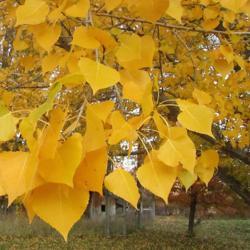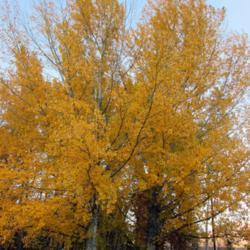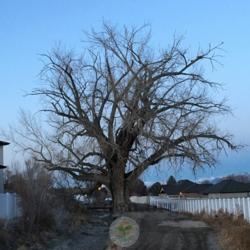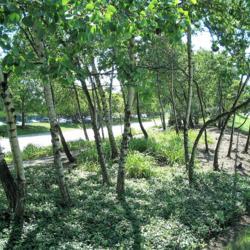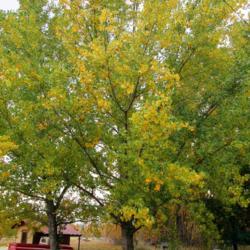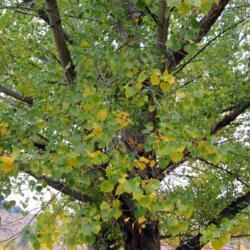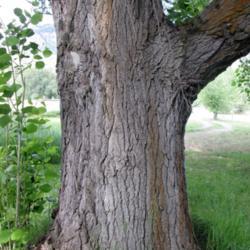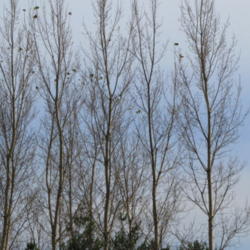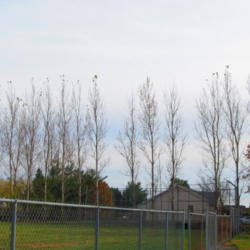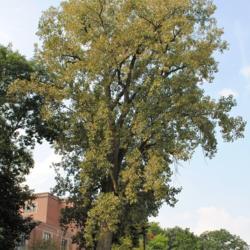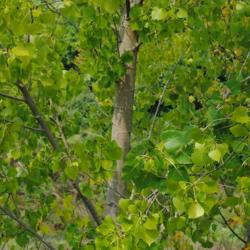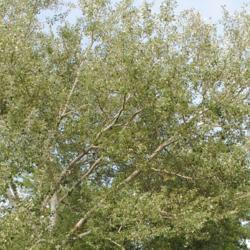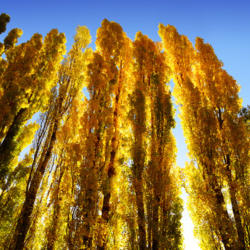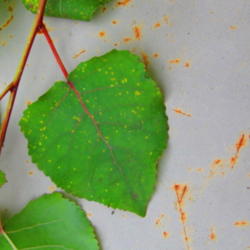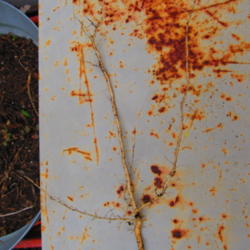Posted by
ILPARW (southeast Pennsylvania - Zone 6b) on Nov 20, 2018 7:14 PM concerning plant:
Populus is the Latin word for popular trees. There are about 35 species across the Northern Hemisphere. In North America native popular trees are usually called Cottonwoods. There are three species of Aspen among this genus of the Quaking, the Bigtooth, and the European. Poplars have soft, white wood that is often used to make matches, packing cases, and other soft wood products. They are fast growing, need full sun or close to it, and usually grow in moist or wet soils. They are pioneer trees that begin the forest and are replaced by the succession of slower growing, more shade tolerant kinds of trees. The genus is dioecious, meaning that there are separate "male" trees only bearing the staminate flowers that produce pollen, and the "female" trees that only bear the pistillate flowers producing seed. Both kinds of flowers are borne in hanging catkins that appear in late winter or early spring before the leaves. The dry fruits are capsules containing tiny seeds covered with cotton-like hairs, so the seed is blown far by winds. The leaves are set on long, flexible leaf stalks that shake in the wind, and most get a good yellow fall colour. The vigorous root systems are notorious for blocking drains and lifting pavement, so these large to medium sized trees are not for small properties, though the upright Aspens can fit into smaller areas.
